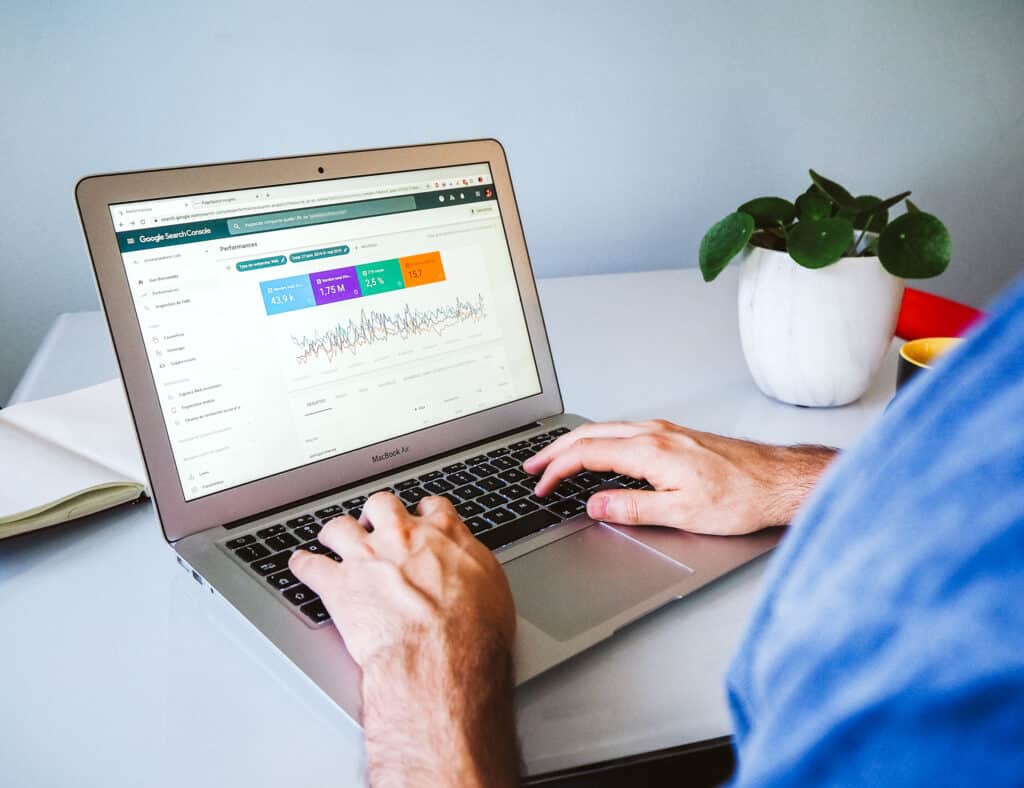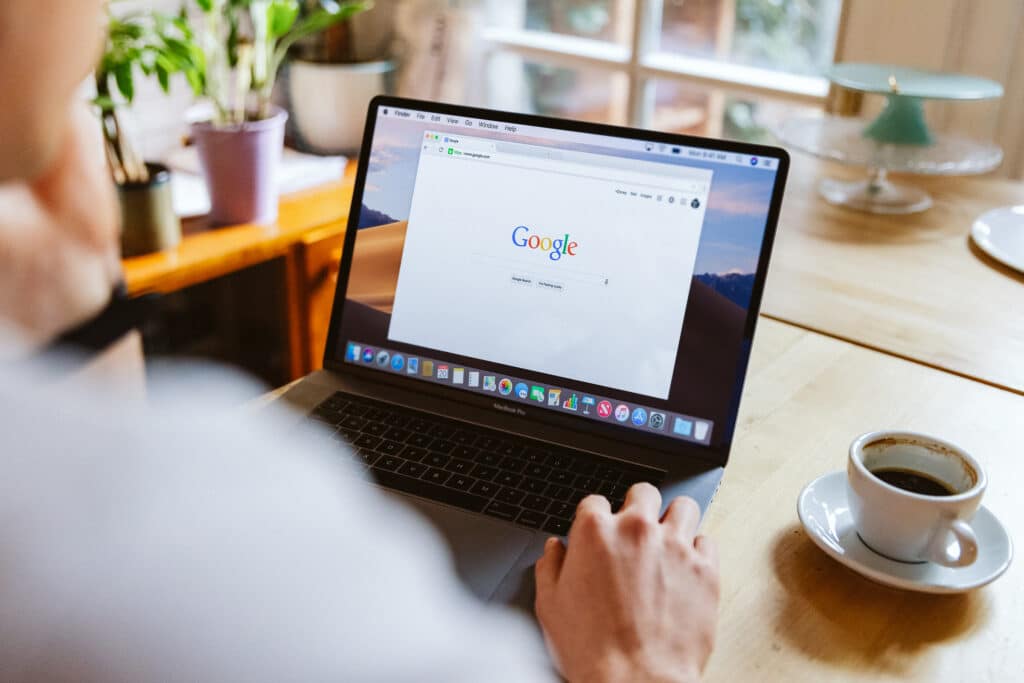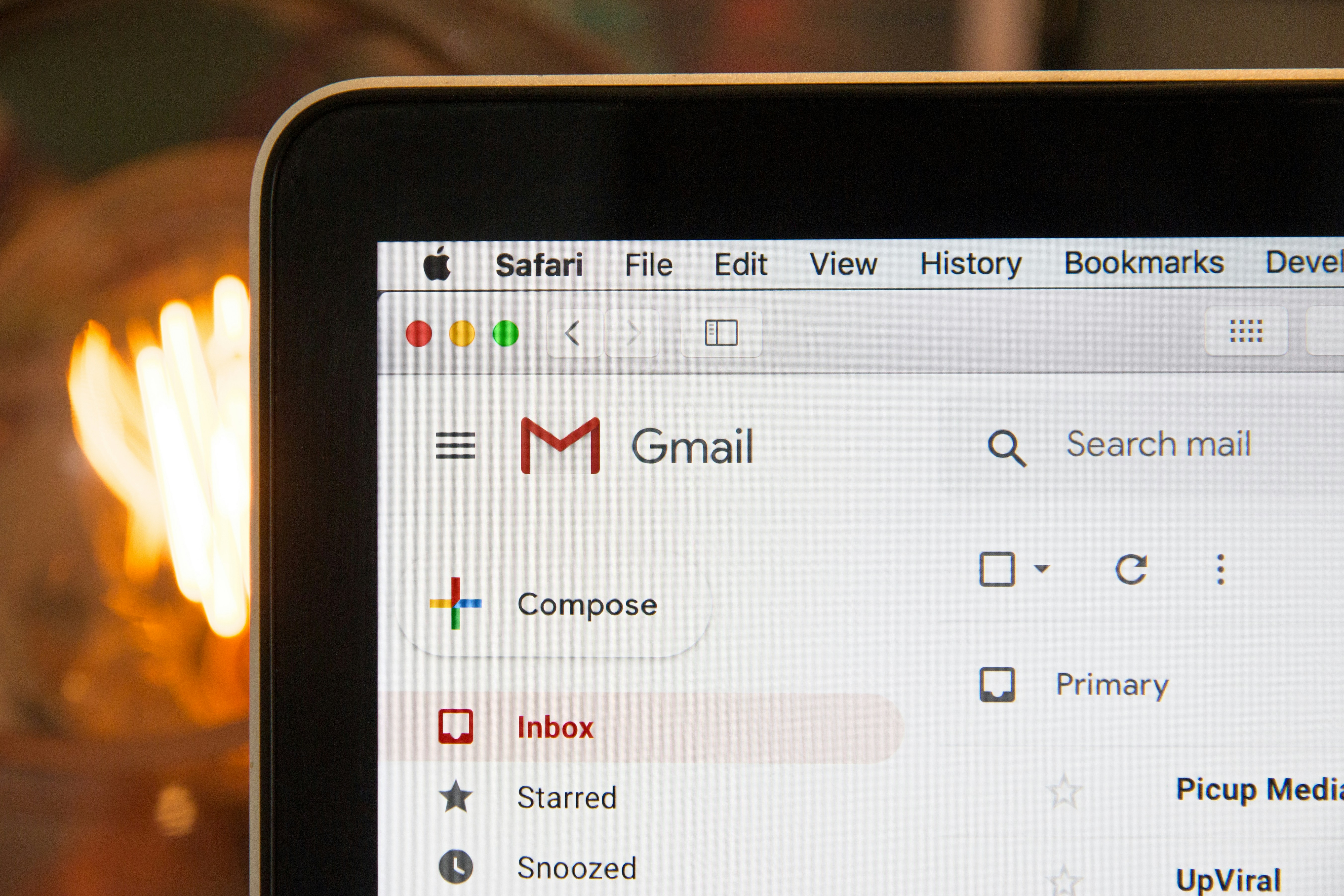Local Business, Marketing • 10 Minute Read • Dec 19, 2023
Local Business SEO: 10 Strategies for Small Businesses

When you started your business you wanted to connect customers with your products. From watches to whoopee cushions, wireless chargers to woodworking supplies – you’ve got something people need. But what happens when no one purchases? That’s where local business SEO comes in.
Don’t despair. Just because people haven’t purchased your products doesn’t mean they don’t want to. Perhaps they’re having a hard time finding your website.
Local business SEO is a way for businesses to connect with their ideal customers. Here’s how to rank for Map Packs and organic search to increase your sales with SEO.
Why is it hard for people to find a small business online?
There are a lot of reasons why an ecommerce business may be hard to find online. For example, it could be competing with larger companies who have a bigger marketing spend than you and dominate your industry.
But there are also reasons people may not be finding you online that you can control, like:
- Inconsistent online information
- Limited online presence
- Lack of reviews
- Minimal search engine optimization (SEO)
What is SEO?
When someone searches for something related to your products and services, a search engine like Google provides a website as a ‘result’. The more your website speaks the search engine’s language, the better the chances of being served as a result.
There are many factors that go into your ranking:
- Backlinks: The total number of websites that link back to yours
- Keyword difficulty: How popular a keyword is, and how hard it is to rank for
- Bounce rate: How long someone stays on your website before leaving
Sometimes getting SEO right can feel like trying to follow a recipe with all the measurements and no ingredients – no one knows exactly what Google is looking for.
That said, SEO is not a quick fix. It will take time and energy, or investing in an SEO service to improve keyword positioning. Once you do rank for a keyword you’ll have continuous traffic to your site. After all, 81% of shoppers conduct online research before a purchase.
Picture a stream of customers coming in for something you wrote months or years ago!
What is local SEO?
People can find your website through organic search all over the world. When you’re improving your local SEO, you’re helping search engines provide your website as an option for people in your area.
There are two pieces to local business SEO that your ecommerce brand can rank for: Map Pack and organic search results.
Map Pack: When you’re looking for a type of business nearby, Google generates a map and the top local business listings. It’s advantageous to have a high Map Pack ranking because it’s at the top of all Google’s search results.
[30%](https://www.google.com/intl/en_uk/business/articles/what-showing-up-on-google-maps-means-for-your-business/#:~:text=Each month%2C Google delivers billions,know how to find you.) of all mobile searches are related to location, making Map Pack really important.
Organic Search: When you conduct a search, Google provides you with a list of websites that fulfill what you’re looking for – each site has a blue link that connects you to a webpage.
Two factors impact both organic search and Map Pack:
- Relevance: If the keywords your business ranks for match the search intent.
- Reputation: If your business appears to be a great option for the searcher.
Here’s how you build relevance and reputation for your small business.
10 Strategies to Improve Your Local Business SEO
#1: Determine Your Site’s SEO Foundation
If you want to improve your site’s search rankings, you need to understand how you’re ranking today. Login to Google Search Console to see your impressions, click through rate, and average keyword position.
Google Console will track your site’s progress over time. Regularly check in on how your site is ranking.
You’ll need to verify your site if you haven’t used Google Console in the past.

#2: Brainstorm Keywords
Think through all the ways someone could search for your products. For example, if you sell personalized stationery, some different ways customers could search for your business include:
- Personalized stationery
- Monogrammed stationery
- Personalized letterhead
- Wedding stationery shop
- Unique thank you cards
#3: Conduct Keyword Research
Once you’ve got your list, use a tool like Google Keyword Planner, SEMRush, or Ahrefs to find out how many people are actually searching for each term, and the difficulty to rank for them.
You can browse similar keywords based on your original list, too. You may find many options you never thought of!
Most SEO tools are transparent about the volume and difficulty of a keyword. Look for options that have high traffic but are still easy to rank for.
Over time your site will have a better chance of ranking for difficult keywords with higher traffic. Today, it’s best to start small.
#4: Set up a Google Business Profile
A Google Business Profile is a free local listing with information about your business that will appear in the Map Pack. If you don’t have a Google Business Profile, you can’t rank on Map Pack.
When setting up your profile you’ll give Google information like:
- Verifying your website
- Hours (including holidays)
- Address
- Delivery area
- High-resolution or clear photos
- Videos of your products
Google is more likely to show your page as a result if you fill out all the content they request and post to your profile regularly. Be as specific as you can about your products and services. Also, add your business to Google Maps and ask for reviews.
Pro-Tip: When people start leaving reviews, reply. This builds trust and gives you an opportunity to address or help upset customers. It also helps Google see you are active on your Google Business Profile – increasing your business’ legitimacy.
Google Business Profile used to be known as Google My Business.

#5: Audit Your Website
If your website doesn’t speak a search engine’s language, it won’t be shown as a result to potential customers. Running a website audit on a free platform like Ubersuggest can give you insight on rankability miscommunications.
Some common examples of this are:
- Missing meta-descriptions
- Missing H1s
- Duplicate title tags
- No internal or external links
Once you know what’s wrong, fix the issues. Regularly run website audits – things break more than you think.
#6: Put Keywords to Work
Once you’ve got a list of keywords, pepper them throughout your site.
Meta-Titles: When you Google something, a bunch of titles pop up that link to web pages. Those are meta-titles. They help increase your odds of ranking for a keyword like, “Plano Texas Plant Shop” or “Vintage Dishes in Atlanta”. Add your keywords to your site’s meta-titles.
You can use enticing titles but don’t create click-bait. Only try and rank for keywords that fit your products.
Ideal length: 50 to 60 characters
Meta-Descriptions: The short blurb found under each meta-title is a meta-description and should have the same keyword as the title.
Don’t keyword stuff. Mentioning the keyword in the meta-title and meta-description once is plenty. You can use different keywords for different pages.
Ideal length: 50 to 160 characters
URLs: Increase your odds of ranking for a keyword by using it as a page’s URL.
Don’t change old URLs that are linked in other places, otherwise, you’ll produce a 404 error when someone clicks on the old URL. Instead, be strategic with new links or create canonical links.
Headers and Content: Make sure the keyword you’re using for the URL, meta-description, and meta-title are also in your header and content. You should have a sprinkle of keywords throughout the page – don’t over optimize.
#7: Improve Site Load Speed & Optimize for Mobile
Slow-loading times and websites that aren’t optimized for mobile can be a kiss of death. No one likes a site that won’t load, no matter how badly they want a new yoga mat.
You can work with a web developer to improve your site speed. Or on your own, you can:
- Optimize images
- Minimize HTTP requests
- Enable browser caching
- Choose a reliable host provider
To make your site mobile friendly, pick a reputable web provider that gives mobile design options. If this isn’t an option with your website host, work with a web designer.
#8: Build High-Quality Backlinks
Backlinks are when another website links to your site, giving you credibility. The more high-quality backlinks you have, the more likely a search engine is to serve your website as a search result.
Link building is not as important for Map Packs as it is for organic search.
There are a couple of ways to build backlinks, including:
- Creating valuable, link-worthy content (like guides to your city, or how-tos for your products)
- Asking others in your industry (not competitors) to link to your site
- Guest posting on other websites
- Responding to Help a Writer Out requests
- Being a guest on a podcast
- Getting featured by local newspapers and websites
- Sponsoring local events
Make sure the sites you’re getting backlinks from are credible, and not spam. When a website that isn’t credible links to your site, it can hurt your ranking rather than help.

#9: Create Great Content
Content builds trust with customers and helps you rank for additional long-tail keywords that drive traffic to your site. Some ideas you could create content around to improve your local business SEO include:
- Your products
- Your process
- Your community
- How-to’s
For example, if you own a home goods store and want to rank for ‘Holiday Table Settings’ you could write a piece titled ‘15 Unique Holiday Table Settings’. It could include holiday table styling and pictures of your products.
This can help you rank for valuable long-tail and short-tail keywords.
#10: Build Local NAP Citations
NAP citations is an abbreviation for name, address, and phone number. These citations confirm, across multiple platforms, that your business’ name, address, phone number, and website are correct. NAP citations help with Map Pack rankings.
You can start building NAP citations relatively easily by listing your business on directories or social platforms. Some examples include:
You should also consider adding your business to industry related sites.
Best SEO Tools for Local Businesses
Use the software and tools below to increase your online presence.
- Google Business Profile: The only way to rank for Map Packs.
- Google Search Console: Monitor your website’s traffic.
- Grid My Business: Scan NAP citations for accuracy.
- Yext: Use NAPs to build your Map Pack ranking.
Find Keywords Related to Your Business
- Google Keyword Planner
- Keyword Generator
- Keyword Surfer
- Ubersuggests (also has website audits)
- Moz (also has website and backlink audits)
- SEMRush

Your Local Online Visibility Could be Like Happy Cones
If you search for “ice cream” in Edgewater, Colorado, Happy Cones pops up as the first blue link and Map Pack result. They have in-depth information on their Google Business Profile and post updates occasionally. They also have 246 reviews and they’ve responded to many of them.
Their web pages are optimized for organic search and mention Edgewater in multiple places. They’re even outranking Yelp and the food hall’s website that they’re located in.
Your local online visibility could be as strong as Happy Cones if you take the steps we mentioned above. 78% of people who search for something nearby on their phones visit the business within a day. Don’t miss out on that traffic!
Want more local business tips straight to your inbox? Subscribe to our newsletter, where we share helpful, actionable information to grow your business.





